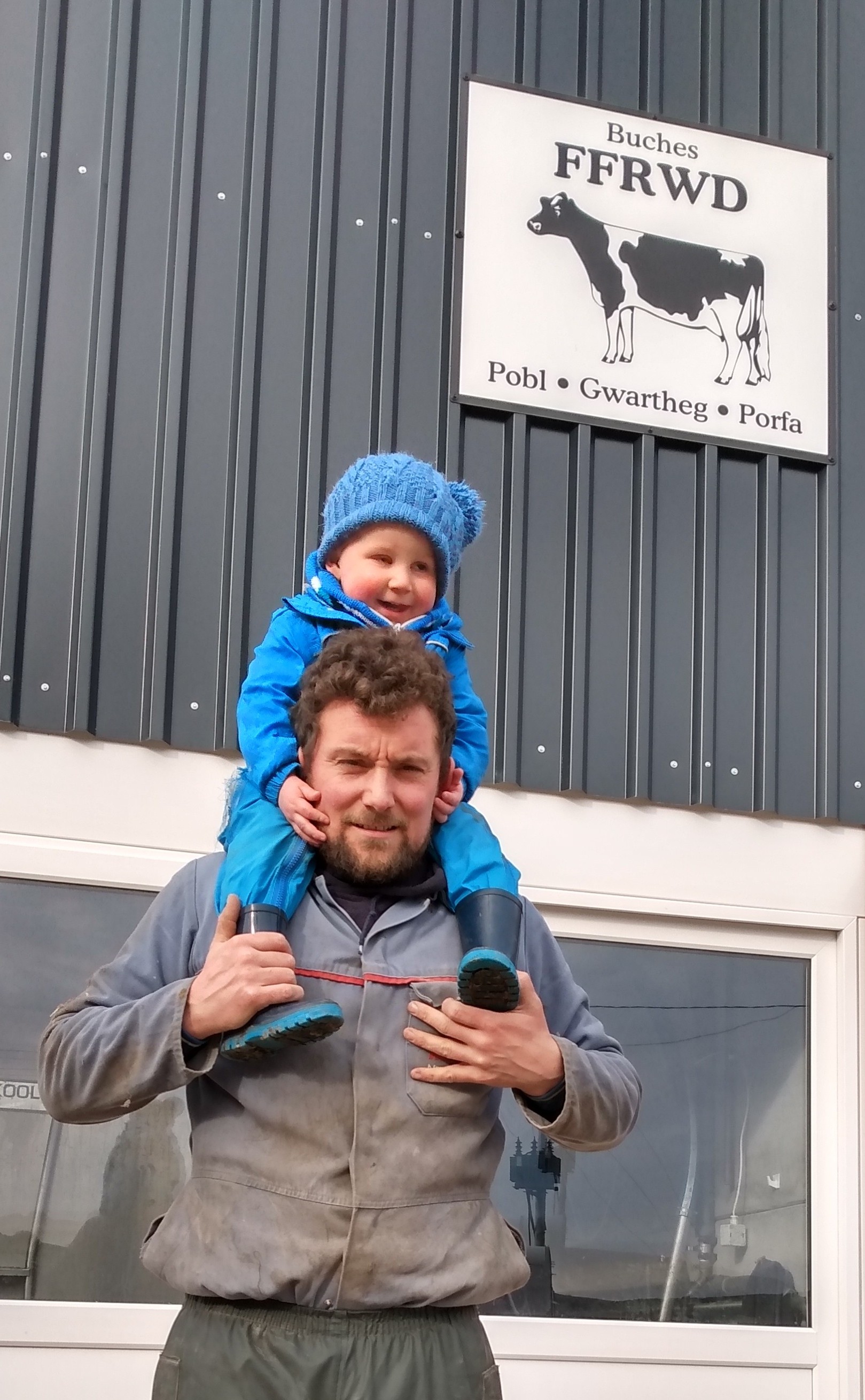Stamping out lameness keeps cows on the move
Wednesday, 29 April 2020
Routinely mobility scoring helped Flintshire dairy farmer Rhys Davies reduce lameness across his herd and identify replacements for future breeding.
Over a three-month period Rhys was able to identify and treat cows showing early warning signs and achieved a reduction in the number of mobility scored 2 and 3 cows from 10% to 1% across his 100-cow, spring-block calving herd.
Based at Moor Farm near Holywell, Rhys has always followed the five-step approach to foot trimming, using an anti-inflammatory to treat white line cases. However, this was becoming expensive so he was looking for ways to reduce the number of cases reaching that stage.
Rhys was equally keen to protect the industry’s image by keeping lameness cases down to a minimum since his farm has a public footpath crossing through parts of the grazing land.
Find out more about managing lameness in your herd
The farm was one of five hundred farms selected by AHDB to take part in its HerdAdvance project, which aims to help Welsh dairy farmers lift profitability and performance by focusing on improved herd health management and disease control.
The initiative is part of the five-year Dairy Improvement Programme, which is funded by the Welsh Government and the European Union.
Rhys said: “Our main reasons for wanting to get a better management on lameness was to improve morale, industry image, uplift in yield and reduce treatment costs. We believe that one lame cow is one too many.”
Initially Rhys discussed his ambitions with his vet and AHDB Knowledge Exchange Manager Ifan Owen and agreed to start mobility scoring on a monthly basis.
Ifan supported Rhys to complete the first whole herd scoring in July 2019 as the cows were leaving the milking parlour. Rhys prioritised the 10% of cows with mobility scores of 2 (lame) or 3 (very lame) with score 3 cows treated urgently and score 2 cows given early treatment.
After this, Rhys completed the next two monthly scorings by himself. The cure rate of score 2 cows between July and August was 67% with only one new case identified in August, reducing the whole herd lameness score to 6%.
By September, herd lameness was down to just 1% (scores 2 and 3). Rhys attributes this to the fact that lame cows were identified earlier, meaning the problem is less severe and the cow recover sooner.
Rhys said “If we hadn’t got in touch with AHDB to be part of the Herd Advance project, we wouldn’t have done it. By having the routine mobility scoring structure, it has allowed us to target order of treatment and treat cows earlier than usual.”
Reducing lameness cases wasn’t the only benefit, as Rhys was also able to use the data to identify replacements and add to the breeding policy. The cows are now better at showing signs of heat, making it easier to identify cows to be inseminated and get back into calf sooner, maintaining the tight calving block.
Ifan Owen said: “You can’t manage what you don’t measure. This is exactly the case with mobility scoring. By allowing one milking per month to monitor cow’s individual mobility, a farmer can use the categorised scorings as a template, to prioritise and start targeting cases.”
Download our 'Hoof care field guide' for more information on managing lameness



